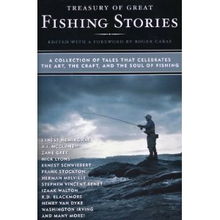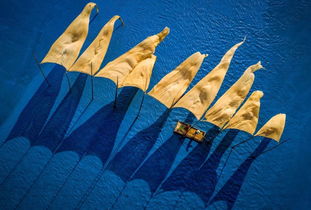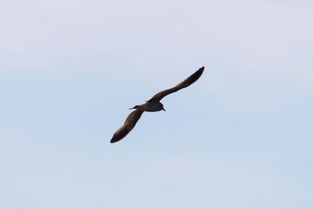Content:

Introduction: Fly fishing is an ancient and revered sport that requires a combination of skill, patience, and understanding of the water. Whether you are a beginner or an experienced angler looking to refine your techniques, learning the art of fly fishing can be both challenging and rewarding. In this article, we will provide you with a comprehensive guide on how to learn the essential techniques of fly fishing, complete with helpful video tutorials to get you started on the right track.
Choosing the Right Equipment: Before you can start learning the techniques of fly fishing, it is important to have the right equipment. Here are some key items you will need:
- Fly rod: A fly rod is specifically designed for casting lightweight flies and is the backbone of your fly fishing setup.
- Fly reel: A fly reel is used to store the line and provide smooth retrieval.
- Fly line: Fly lines are designed to cast flies and are available in various lengths and weights.
- Leaders and tippets: Leaders and tippets are the sections of line that connect the fly line to the fly, and they come in various lengths and materials.
- Flies: Flies are the lures used in fly fishing, and they come in a wide variety of shapes, sizes, and colors.
Casting Techniques: Casting is one of the most important skills in fly fishing, as it is the means by which you present your fly to the fish. Here are some key casting techniques to learn:
- Overhead cast: The overhead cast is the most common casting technique and is used to cast flies short or long distances.
- Roll cast: The roll cast is used when you are in a tight space or need to cast over obstacles.
- Spey cast: The Spey cast is a powerful casting technique used to cast flies long distances across currents.
Fly Selection and Presentation: Choosing the right fly and presenting it effectively is crucial to successful fly fishing. Here are some tips:
- Match the hatch: Use flies that closely resemble the natural food available in the water.
- Understand the water: Observe the water's currents, depth, and structure to determine the best fly and presentation technique.
- Present the fly: Use various retrieves, such as dead-drifting, nymphing, or stripping, to imitate the natural movement of the fly.
Reading the Water: Reading the water is an essential skill in fly fishing, as it helps you identify the best spots to fish and understand the behavior of the fish. Here are some tips:
- Observe the water's surface: Look for signs of fish activity, such as rises, splashes, or disturbances.
- Analyze the water's structure: Identify likely holding spots, such as logs, rocks, or weed beds.
- Pay attention to the currents: Understand how currents affect the movement of the fly and the fish.
Fly Fishing Etiquette: Respecting the environment and other anglers is an important aspect of fly fishing. Here are some etiquette tips:
- Keep your distance: Respect the privacy and comfort of other anglers and the fish.
- Leave no trace: Clean up any trash and be mindful of your impact on the environment.
- Be patient: Fly fishing requires patience, and it is important to remain calm and composed while fishing.
Conclusion: Learning the art of fly fishing can be a challenging but highly rewarding experience. By following this comprehensive guide and utilizing helpful video tutorials, you will be well on your way to mastering the essential techniques of fly fishing. Remember to practice regularly, stay patient, and always respect the water and the fish. Happy fishing!












